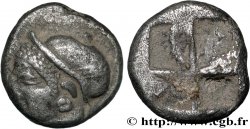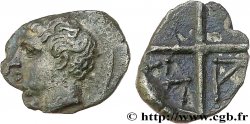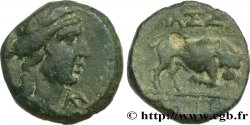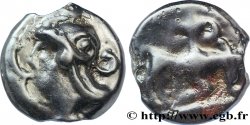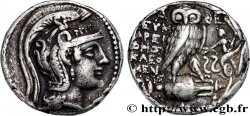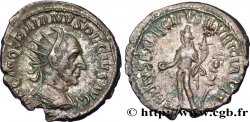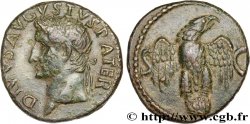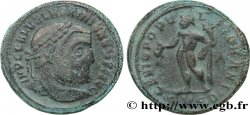E-auction 493-403425 - bgr_768178 - MASSALIA - MARSEILLE Trihémiobole ou 1 1/4 litra “type de Smyrne”
You must signin and be an approved bidder to bid, LOGIN TO BID. Accounts are subject to approval and the approval process takes place within 48 hours. Do not wait until the day a sale closes to register. Clicking on « bid » constitutes acceptance of the terms of use of cgb.fr private e-auctions.
Bids must be placed in whole Euro amounts only. The sale will start closing at the time stated on the item description; any bids received at the site after the closing time will not be executed. Transmission times may vary and bids could be rejected if you wait until the last second. For further information ckeck the E-auctions F.A.Q.
NO BUYER'S FEE.
NO BUYER'S FEE.
| Estimate : | 90 € |
| Price : | 41 € |
| Maximum bid : | 47 € |
| End of the sale : | 26 September 2022 14:03:30 |
| bidders : | 8 bidders |
Type : Trihémiobole ou 1 1/4 litra “type de Smyrne”
Date: c. 480 AC.
Mint name / Town : Marseille (13)
Metal : silver
Diameter : 9 mm
Weight : 1,19 g.
Coments on the condition:
Exemplaire centré à l’usure importante mais régulière. Portrait agréable. Patine grise
Catalogue references :
Obverse
Obverse legend : ANÉPIGRAPHE.
Obverse description : Tête féminine (nymphe) à gauche, les cheveux retenus dans un sphendoné avec pendants d’oreille (et collier).
Reverse
Reverse legend : ANÉPIGRAPHE.
Reverse description : Carré creux irrégulier.
Commentary
Monnaie plus grecque que gauloise, ce trihémiobole ou 1 1/4 litra “type de Smyrne” est un prototype phocéen d’un groupe monétaire (F) qui se retrouve dans le trésor d’Auriol. Pour Dieter Klein (SGKB) il s’agit plutôt d’une diobole.
A coin more Greek than Gallic, this trihemiobol or 1 1/4 litra “type of Smyrna” is a Phocaean prototype of a monetary group (F) which is found in the Auriol treasure. For Dieter Klein (SGKB) it is more of a devil
A coin more Greek than Gallic, this trihemiobol or 1 1/4 litra “type of Smyrna” is a Phocaean prototype of a monetary group (F) which is found in the Auriol treasure. For Dieter Klein (SGKB) it is more of a devil







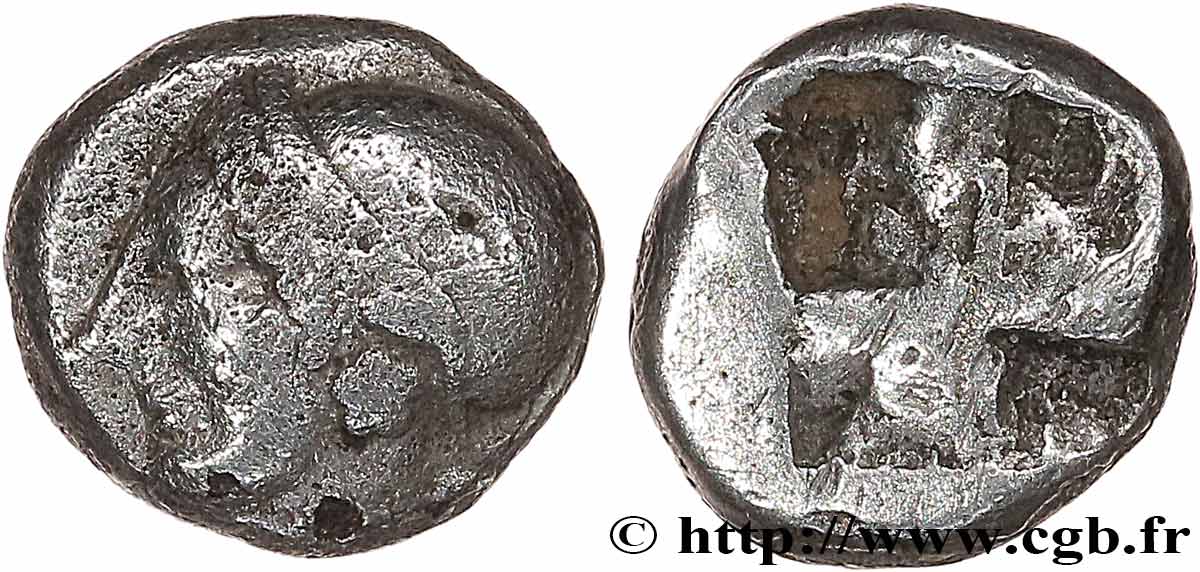
 Report a mistake
Report a mistake Print the page
Print the page Share my selection
Share my selection Ask a question
Ask a question Consign / sell
Consign / sell
 Full data
Full data